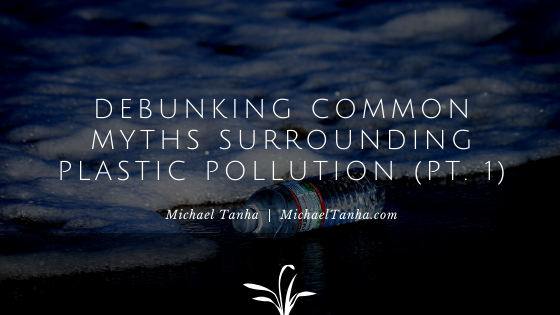Over the last few decades, plastic pollution has become one of the most glaring issues threatening the environment. This problem, layered and widespread as it is, has only been exacerbated by a variety of myths and misconceptions surrounding the act of polluting, the pollution itself, and the subsequent cleaning up of the pollution.
To help clarify matters, here are several of these myths, debunked.
Myth: “Ocean-based plastic pollution is entirely produced by commercial cruise ships and container vessels”
Fact: Though cruise and commercial ships certainly have a hand in our collective polluting of the ocean, they are far from exclusive offenders when it comes to plastic dumping. The scary reality is that, in most cases, ocean-based plastic pollution is made up of everyday single-use items like straws, utensils, and bottles. Improper disposing of these products has allowed them to make their way into our waters, so stopping the cycle at its root is essential in paving a brighter future.
Myth: “Ocean Clean-Ups are an effective means of fighting plastic pollution”
Though not completely untrue, ocean clean-ups are generally ineffective in combating global plastic pollution (a notion that I recently explored, in-depth, in a separate blog). Clean-ups are a fantastic way to raise awareness about such pollution, illustrating the issue for those unaware of its physical impact on the environment, but its positive impact starts and ends here. These initiatives are more of a band-aid for an ongoing issue, and while they should not be abandoned outright, they must be accurately perceived so that we can properly allocate focus to more effective, lasting solutions.
Myth: “Ocean plastics are just a trash problem”
Yes, at one point in the history of plastic pollution, the pollution was likely once a mere “trash problem” warranting quick, preemptive clean-up, but the issue has already snowballed to the point of creating sub-issues stemming from the trash itself. Many of these problems are rooted in the pollution’s impact on the ocean’s ecosystem, disrupting food chains, increasing disease in animal and plant life, and changing the ecology of the ocean floor. Therefore, future solutions to the issue must be multifaceted in nature.
